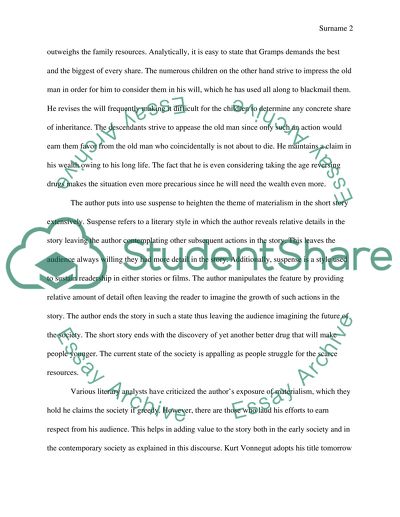Cite this document
(“Tomorrow and Tomorrow and Tomorrow Essay Example | Topics and Well Written Essays - 2500 words”, n.d.)
Retrieved from https://studentshare.org/english/1494277-tomorrow-and-tomorrow-and-tomorrow
Retrieved from https://studentshare.org/english/1494277-tomorrow-and-tomorrow-and-tomorrow
(Tomorrow and Tomorrow and Tomorrow Essay Example | Topics and Well Written Essays - 2500 Words)
https://studentshare.org/english/1494277-tomorrow-and-tomorrow-and-tomorrow.
https://studentshare.org/english/1494277-tomorrow-and-tomorrow-and-tomorrow.
“Tomorrow and Tomorrow and Tomorrow Essay Example | Topics and Well Written Essays - 2500 Words”, n.d. https://studentshare.org/english/1494277-tomorrow-and-tomorrow-and-tomorrow.


